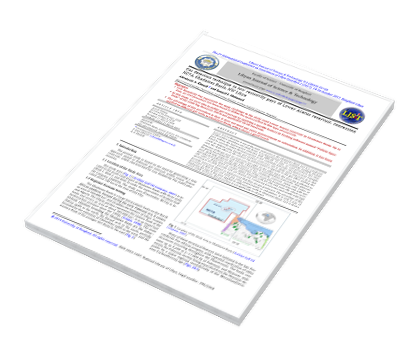Gas detection technique in low resistivity pays of Lower Acacus reservoir, concession NC7A, Ghadames Basin, NW Libya
DOI:
https://doi.org/10.37376/ljst.v9i1.2192Keywords:
Ghadames Basin, Lower Acacus, low resistivity pay, gas reservoir, sonic log, Palette.Abstract
Lower Acacus Member is one of the main reservoirs in the Ghadames Basin and it is composed of alternation sandstone and shale facies. It is characterized by low resistivity multiple stacked pays, making the hydrocarbon detection task difficult. To date, no real procedure has been found to correctly define the hydrocarbon in low resistivity intervals. Gas layers as an example could be defined using density and neutron cross-over, but in shaly sand reservoirs as in this case, the shale effect on the neutron log measurement is opposite to the gas effect making the detection of the gas zone by cross-over not valid. On the other hand, the sonic log is affected by the gas by decreasing the rock density, which leads to overestimation of porosity. This phenomenon shall help diagnose the gas presence in low resistivity reservoir. Using color editor of petrophysical software enables the subdivision of log curves into horizontal intervals with specific color or shade based on certain values. Intervals with DT (90-100 msec/ft), which corresponding to 25-36% porosity unit, are shaded red. Comparing production test results with high porosity zones (red shaded on logs) proved that they are gas producers. The advantage of this procedure is that it does not need any extra measurement or calculation; it is only a way of displaying the logs. It has been applied to different gas wells in Ghadames Basin, and it shows a good result. However, this procedure is not applicable to oil pays.
Downloads










 LJST Copy rights form
LJST Copy rights form


